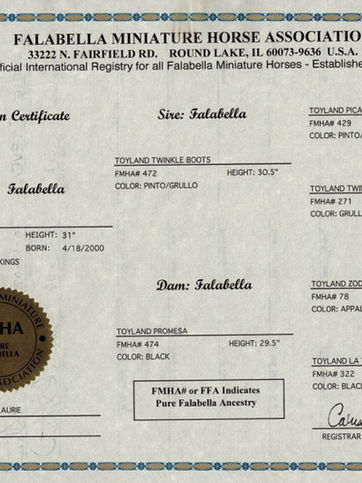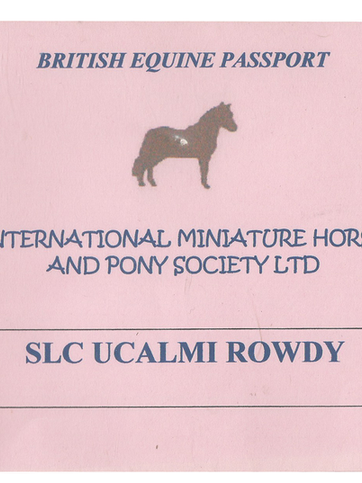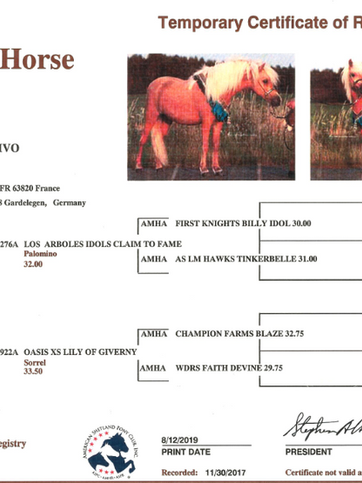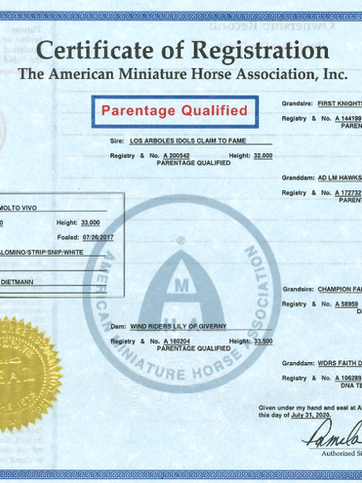Buy a Miniature Horse
When you plan to welcome a miniature horse , it is important to ask yourself the right questions and to ensure that the living conditions that you can provide will allow it to thrive.
The first thing to do is to clearly define your expectations and your tastes. There are all types of minis, from the more Arabized to heavier Selle Français type models. Depending on your affinities, you will have to turn to a breeding that produces the model that you like.
Knowing the purpose for which you intend your miniature horse will allow you to pay attention to certain precise criteria. For the Company, for example, think above all about the character of the animal ; Knowing how to describe himself to the breeder will allow him to guide you towards a horse that matches your personality. In addition, for a Work orientation, the paces, the plumbs and the back will be key points to watch carefully. A hang-up of the kneecap, weak kidneys or a large defect of plumb (club foot, dome ...) will rather be avoided because they will represent as many weaknesses or even inadequacies for certain disciplines.
In addition, it is strongly recommended to visit several farms and to have several " sounds of bells »In order to form a precise and complete idea. It will also allow you to see the parents of your future horse and its living conditions.
Once you know exactly which type of miniature horse you are going to turn to, it is important to make sure that you can provide it with the living conditions it needs to thrive. :
From space : for a mini it takes around 1500 m² of land with a shelter (built or natural) that will protect it from wind and rain.
A companion : the horse being a gregarious animal, it is essential that you find him a mate. The ideal is a second mini but you can consider taking a donkey, a goat, a llama ...
Food : if the surface you have is not enough to feed your mini grass all year round, you will need to provide you with quality hay. A young, pregnant mare or working horse will need a fluff type supplement.
Care : in addition to the annual vaccination (optional) and trimming every 2-3 months depending on the growth of the hoof, your baby may need additional care (colic, dermatitis, wounds ...). Teeth should also be seen by an equine dentist every 2-3 years and a visit to the osteopath may be necessary from time to time. It's a budget to take into consideration when making your purchase.
When looking to buy a miniature horse, there are pitfalls to avoid . Indeed, we still have a lot of horse dealers who are surfing this fad to increase their profits. We find them at certain shows or fairs where they do not hesitate to come with a lot of minis that they confine in small enclosures. These minis are usually shetland types imported from the Netherlands at low prices to be resold around 2000 €. It is easy to realize this trickery because the horses are often sick, deficient (weaning at 3 months) and do not have proper papers.
It is therefore quite simple not to fall into the trap ; asking to see the horse's papers, asking a lot of questions to see if the salesperson's speech is coherent and professional.
Essentially with the American Miniature Horse , we must also be wary of the conditioning of show horses. Certain breedings visually modify the gait of a horse in order to amplify its qualities to allow it to win competitions. The most common practices are as follows:
sweating : using pieces of neoprene fabric that are placed at the neck and belly tie and which drain water from the muscles and refine the silhouette (neck wrap, belly wrap).
ration control : often the fibers in the raw state are removed in order to avoid the swelling of the digestive system. The horses live in box or paddock and are followed by a nutritionist in order to calculate and adapt the ration to each individual.
makeup / mowing : harmless when properly used, makeup and clipping can sometimes change our perception of a horse.
photo retouching : The way a photo is taken can sometimes be misleading. A slightly long back horse that is photographed at an angle, a diagonal ground to give a better neck orientation or even a photo retouching to improve a back line or a neck tie are all known methods.
operations : in the USA, breeders do not hesitate to inject hormones to allow a young horse to gain muscle more quickly and thus appear more physically mature. They sometimes even go as far as fitting dental braces to correct a prognathic jaw.
Born in France, an American miniature horse must always have a SIRE notebook which looks like the following :
















